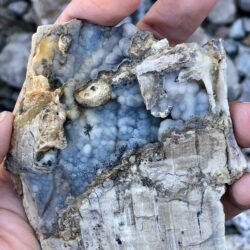Building Markets for Wetland Restoration: Challenges and Considerations in Colorado’s Yampa Valley— Dimitria Spathakis
How can additive conservation measures be financially incentivized on Western working lands? Working with Colorado Cattlemen’s Agricultural Land Trust (CCALT), Alaina and I are exploring market-based models for ecosystem services to compensate landowners for their stewardship of wet meadows in Colorado’s Yampa Valley. Often the idea of payment for ecosystem services (PES) conjures thoughts of Read more about Building Markets for Wetland Restoration: Challenges and Considerations in Colorado’s Yampa Valley— Dimitria Spathakis[…]













